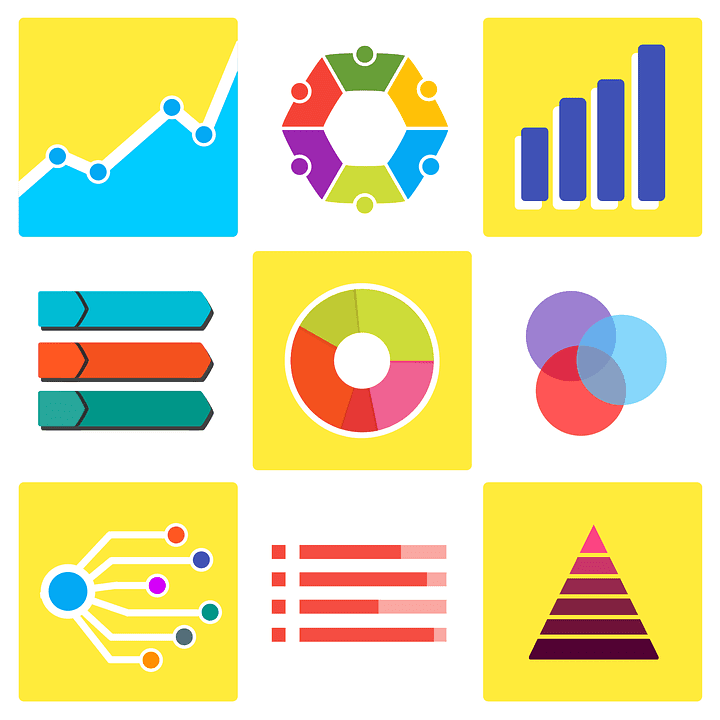It’s time for next generation business intelligence and analytics. For many years, companies have relied upon business intelligence (BI) to drive the direction of strategy and discover opportunities based on past data. However, in today’s lightening-paced, data-driven marketplace, conventional BI frequently moves too slowly. Now with the continued expansion of the Internet of Things and the growing demand for increasing customer personalization, businesses must strive to instantly make sense of the data even as it changes. Operational intelligence – the capability to analyze fast-changing, live data and produce immediate feedback-pushes BI to a higher level and creates greater opportunities.
Utilizing in-memory computing technology lets fast-changing, live data to be stored, analyzed and updated continuously. These changing data streams enhanced with historical data and subsequently analyzed in parallel produce robust feedback on the fly. The benefits of this next generation business intelligence are sweeping and apply to a wide spectrum of industries including manufacturing, retail and cable.
Now with the continued expansion of the Internet of Things and the growing demand for increasing customer personalization, businesses must strive to instantly make sense of the data even as it changes.
With the latest advancements in computing technology, operational intelligence (OI) has arrived making it a reality and the direction of BI. While business intelligence produces insights from static datasets and identifies longer-term trends from historical data, OI targets shorter-term opportunities and produces up-to-the-moment, actionable insights. OI traces the behavior of live systems and integrates streaming data with historical data and customer preferences to generate a comprehensive view and create immediate feedback.
Operational intelligence is frequently mistaken with real-time analytics, which is fast analysis of static data in the form of large, historical datasets rather than live data. When the analysis of static data is accelerated, BI becomes more interactive in examining long-term trends and strategic data patterns. However, the still leaves a crucial gap between the utilization of live intelligence and the identification of patterns to capture opportunities in the moment. OI fills this gap and raises the bar in business intelligence.
After implementation challenges have been corrected, OI offers exciting opportunities for enriching the behavior of live systems across diverse industries. Here are several examples.
Manufacturing
In recent years, plants and factories around the globe have adopted the technology necessary to implement operational intelligence. For instance, computing systems in data centers and arrays of machines can now gather real-time, vital data from sensors and use it for immediate analysis.
By using OI, analytics systems compare historical models with continuous streams of live data to monitor performance, locate early indicators of potential problems, and prevent expensive failure scenarios.
For example, an automotive manufacturing plant that utilizes hundreds of smart machines can incorporate sensors and tools connected with the company’s databases through the network. This give manufacturing managers access to live data, giving the capability to use OI to increase efficiency in achieving operational goals and improve processes.

In addition, OI analyzes telemetry in real-time thus anticipating or avoiding machine failure. Detecting and preventing machine failure is a crucial opportunity to capture significant cost savings for manufacturers. The significant loss that failures can mean quickly grows from the cost of the repair, the wasted equipment downtime, and the resulting inefficiencies that ripple through the business. Rather than relying upon regular inspections and component replacements, OI analysis of streaming data correlated with historical data offers increased transparency into the equipment’s state of health.
Cable Providers
Although the explosion of HBO GO, Netflix and other online entertainment choices have provided consumers with greater content options than before, the over-abundance of choices can make the decision process very daunting for viewers.
By using OI, cable providers can track viewer’s program selections, integrate the information with preferences and historical data, thus giving them the provider the capability to make intelligent recommendation while the consumer is active and watching. This allows cable providers to up-sell or cross-sell with appropriated personalized offers. For instance, providers can alert consumers to upcoming shows and movies that match their personal preferences. In addition, OI enables providers to track network behavior, including bandwidth consumption, and make instantaneous adjustments that meet the needs of each individual viewer.
Brick and Mortar Retailers
Based on the knowledge of a consumer’s previous browsing history
Based on the knowledge of a consumer’s previous browsing history and shopping habits, ecommerce giants such as eBay and Amazon have the capability to make personalized offers and ads, which provides them with a very substantial advantage over brick-and-mortar retailers.
and shopping habits, ecommerce giants such as eBay and Amazon have the capability to make personalized offers and ads, which provides them with a very substantial advantage over brick-and-mortar retailers. The combination of personalization and convenience has resulted in ecommerce cutting significantly into the market share of conventional retailers. This trend continues to grow as popularity grows with certain online offerings like Amazon Prime Day.
Advancements in in-memory computing technology may be changing things for brick-and-mortar stores. By combining OI with the latest advancements in mobile technology, traditional retailers now have new tools in order to compete with ecommerce and fashion a more compelling shopping experience. For instance, opt-in consumers can share their in-store location with the store, which can then combine the data with brand preferences, demographics, current offers, and shopping history to provide assistance to sales associates in creating personalized recommendations that meet the consumer’s immediate needs.
In addition, brick-and-mortar retailers are adopting radio frequency identification (RFID) tags that identify each item of merchandise on the sales floor and using the data in tandem with their operational intelligence. RFID tags identify merchandise with great efficiency, enabling retailers to track which items consumers are looking at. This gives the buying offices greater capabilities at keeping the correct sizes, styles, and colors on hand, while allowing sales associates the ability to suggest complementary products. Moreover, it reduces the quantity of stock that is necessary to keep on hand, lowering inventory costs and increasing inventory velocity.
In-Memory Technology Enables OI
In-memory computing significantly reduces the intrinsic bottlenecks resulting from the techniques used in business intelligence.
The latest improvements in in-memory computing technology have led to the development of operational intelligence. In-memory computing significantly reduces the intrinsic bottlenecks resulting from the techniques used in business intelligence. For instance, it prevents the overheads of batch scheduling and disk-based data storage, enabling the efficient, immediate analysis of live data. Unlike event-processing and pure streaming systems, OI utilizes in-memory computing to support a comprehensive view of consumer activity, which leads to deeper understanding of preferences, behavior, and consumer needs. In addition, operational intelligence integrates techniques that ensure the uninterrupted processing so critical to live, mission-critical environments.
With OI, businesses now have the capability to analyze the fast-changing data within their operational systems, enhancing it with historical data and analyzing it for trends and patterns the necessitate immediate action. While BI offers strategic guidance gleaned from the data warehouse, OI is on the front lines adding value and creating greater competitiveness second by second.
